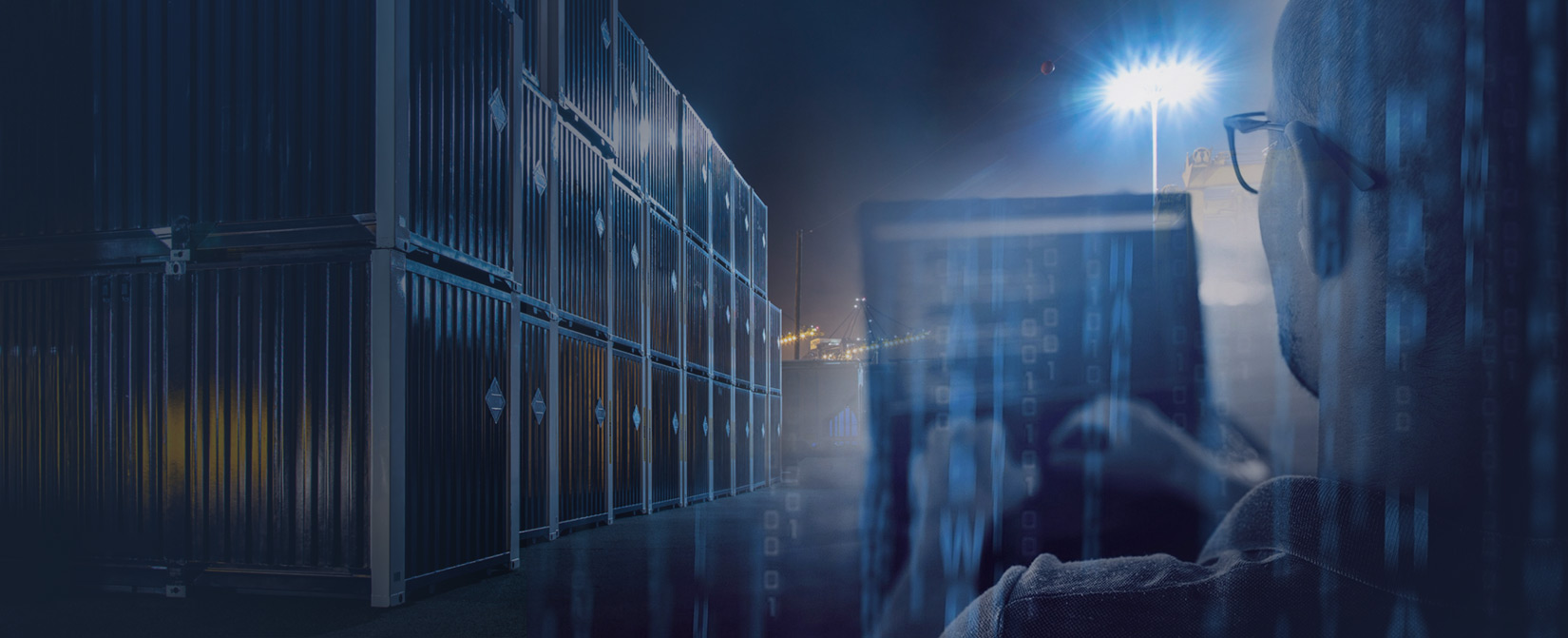Stay informed of cargo status
Packages that can be tracked with precision from the factory until the deliverer is in the neighbourhood: consumers are used to having this information for online orders. This transparency is now also available for dry cargo flows in the Port of Rotterdam. Inland shipping cooperative NPRC digitised its ‘supply chain’ in a smart way to enable clients to track the status of their cargo with precision. Since the summer, clients have also been able to track connections to sea-going transport in Rotterdam as well as having real-time insight into inland shipping transport.
Some two hundred NPRC-affiliated inland vessels are en route somewhere in Europe every day. All these companies used to forward their travel data and status by telephone; a time-consuming and error-prone task. That’s why NPRC started investing in ‘data-driven logistics optimisation’ over the past year. The results of this investment include an app in which inland shipping companies forward all information about dry cargo transport digitally.
Black box
With fourteen million tonnes of dry cargo per year, NPRC is one of Europe’s biggest bulk providers and is working hard to collect chain data and use this in a smart way. ‘We use data ourselves for scheduling purposes,’ explained Wilco Volker, NPRC’s Business Development Manager. ‘But we noticed that we can do a lot more with that information. The inland shipping chain is sometimes a bit like a black box. In the past, clients never knew exactly when a vessel would arrive in the unloading port or how many tonnes of cargo it was carrying. Sharing our transport data with clients enables us to make the process clearer and the logistics chain becomes more transparent. For example, our German agricultural clients can now use our online dashboard to see exactly when they can expect their wheat or animal feed to arrive. We can also give them real-time insight into the most important KPIs. It sounds so logical, but for now we are the only ones working with this system.’
Sea-going vessel arrival times
Inland shipping transport is just part of the route that dry cargo covers, which is why NPRC sought contact with the Port of Rotterdam Authority. They developed the module for sea-going vessels together. Since the summer, the module has ensured that clients can also find sea-going vessel arrival times and their unloading location in the same dashboard. ‘Thanks to the Port Authority, the client now also knows when the sea-going vessel will arrive in Rotterdam and when the transhipment will start,’ explained Volker. If it were up to him, this would only be the start of the data exchange. ‘We are still in discussion with other parties, for instance with cargo handling, to see how we can make a digital link with their systems. In the future, it would be great if we could also see when the vessel has opened its hatches, where the cargo is located in the hold and when the cargo is due for unloading.’
Buffer time
In addition to keeping the client well informed, this can also result in more efficient transhipment. ‘Individual schedules sometimes run over at the moment, so we have to build in additional buffer time, which results in vessels ending up waiting empty unnecessarily. Not all companies are ready, but there’s so much to be gained if we share certain data with each other.”
Source: Port of Rotterdam
Share this post

Bert van Strien
Manager Barging & Logistics Rotterdam
